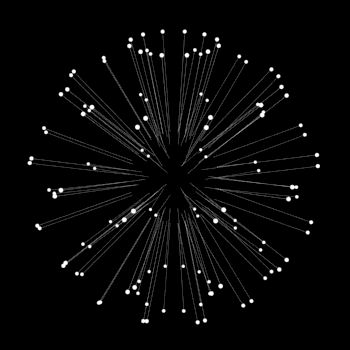An inflection occurs when #f'(x)=0#
To determine this, we must differentiate #f(x)dx#
#f(x)=4x^3 + 21x^2 - 294x +7#
#f'(x)=12x^2+42x-294#
#12x^2+42x-294=0#
#6x^2+21x-147=0#
Using the quadratic formula:
#x=(-b+-sqrt(b^2-4ac))/(2a)#
We get:
#x=(-21+-sqrt(21^2-4(6*-147)))/(2(6))#
#x=(-21+-sqrt(441-4(-882)))/(12)#
#x=(-21+-sqrt(441+3528))/(12)#
#x=(-21+-sqrt(3969))/(12)#
#x=(-21+63)/(12)or(-21-63)/(12)#
#x=42/12or-84/12#
#x=7/2 or -7#
#f(7/2)=4(7/2)^3 + 21(7/2)^2 - 294(7/2)+7=-2373/4#
#f(-7)=4(-7)^3 + 21(-7)^2 - 294(-7)+7=1722#
The points of inflection are:
#(7/2,-2373/4) and (-7,1722)#
However, this only tells us if a point is either a maximum, minimum or inflection.
The second derivative can help us with this. If #f''(x)=0# it is inflection, #f''(x)>0# is a minimum, #f''(x)<0# is a maximum.
#f''(x)=24x+42#
#f''(7/2)=24(7/2)+42=126# (Therefore a minimum)
#f''(-7)=24(-7)+42=-126# (Therefore a maximum)
There no points of inflection as such, only minimum and maximum points.

